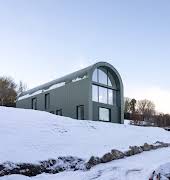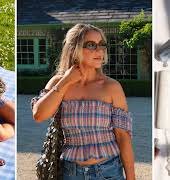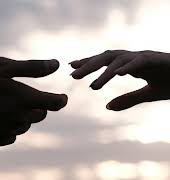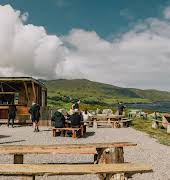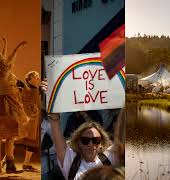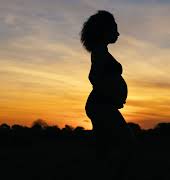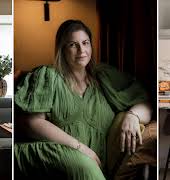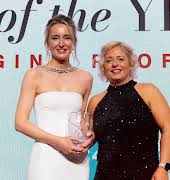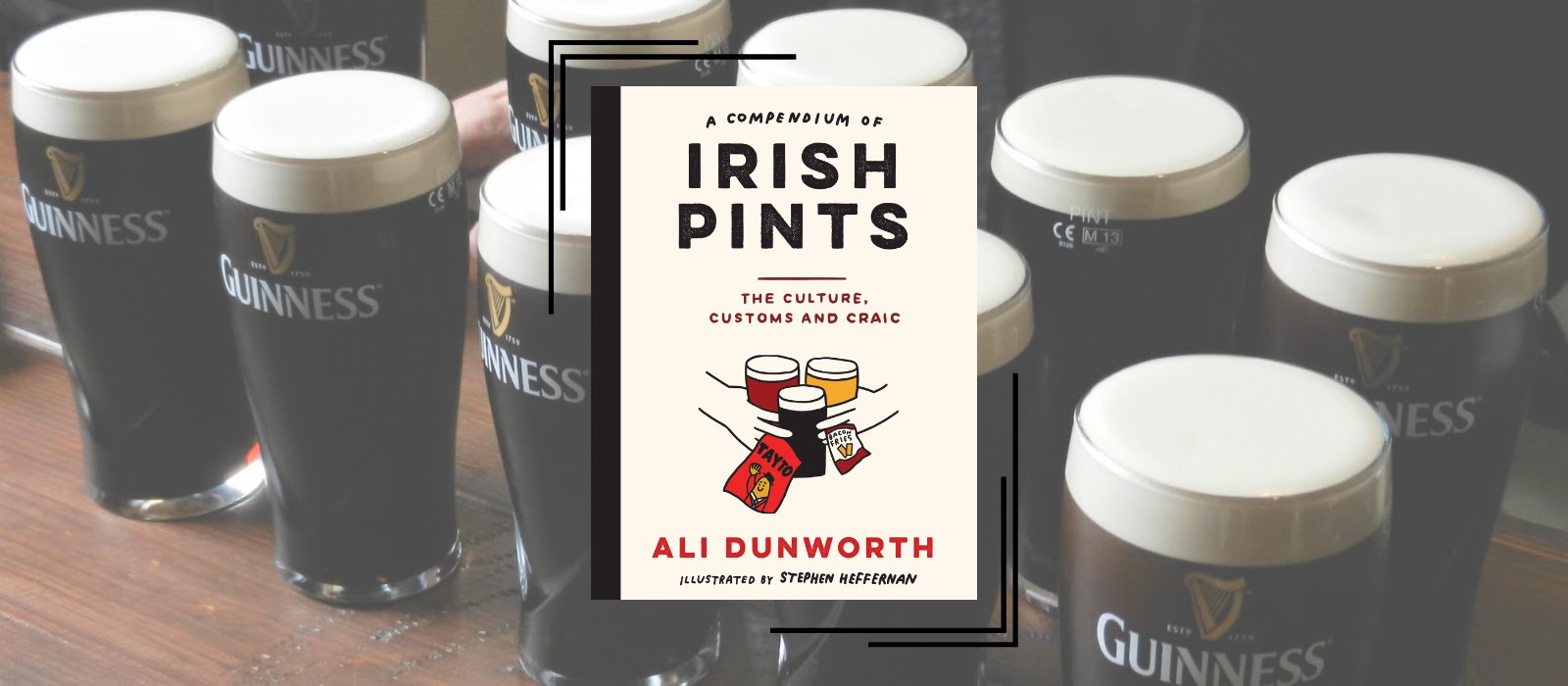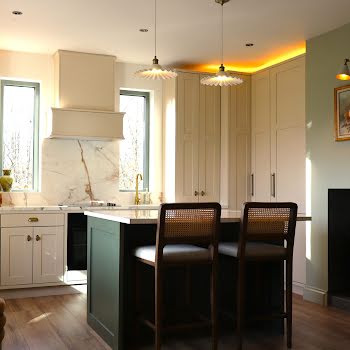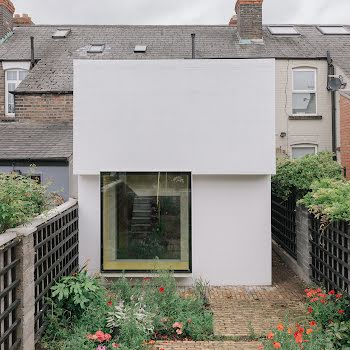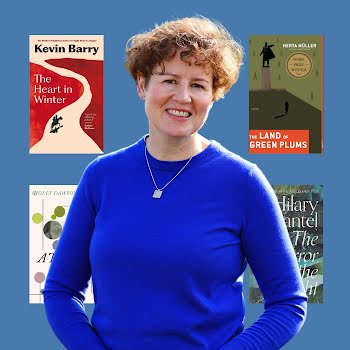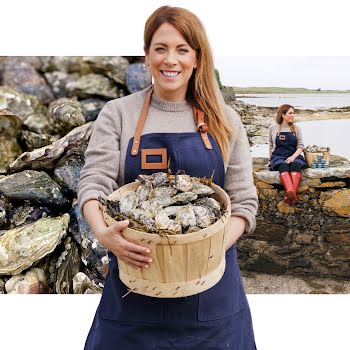
Here, Ali Dunworth shares an extract from her newly published book, A Compendium of Irish Pints: The Culture, Customs and Craic.
Did you know that women were the original brewers and beer drinkers? To be fair, I didn’t know until I read Mallory O’Meara’s book Girly Drinks: A World History of Women and Alcohol. She goes right back to 7000 BCE in Mesopotamia and the city of Sumer, where she tells us life as a woman was pretty good, and one industry where women ruled was brewing. She writes, ‘Beer, at the very beginning of its history, was a girl thing.’
“One of the earliest known depictions of a person drinking is an approximately 25,000-year-old carving, chiselled into a cliff at Laussel in the Dordogne region of France. This carving depicts a nude woman, with one hand on her belly, and holding what looks like a drinking horn in the other. Some male historians posit that it is not a drinking horn but rather some kind of musical instrument that the woman is holding incorrectly. Imagine being so staunch in your belief that women aren’t
drinkers that you think someone would take the time to immortalize a picture of the world’s worst hornblower into the side of a cliff. Either way, she’s called the Venus of Laussel, she’s great, and she is very likely the earliest surviving artistic representation of drinking.”

Women brewed and drank a lot of beer, and when they drank they toasted not to a god, but to a goddess called Ninkasi. The first large-scale brewers were the priestesses of Ninkasi. The women who worked in the temples were paid in beer. Taverns were female owned and operated. Booze became more than a part of the diet – it became part of the culture, religion and society, all under the watchful eyes of the women brewing and drinking it. O’Meara writes:
“The foundations of alcohol craft and culture were laid by female hands. The first known depiction of drinking was of a woman, and the first alcohol-related deity was a goddess. Thousands of years before Christians drank the wine of Eucharist, thousands of years before Dionysus was worshipped with wine in Greece, Ninkasi was honored with beer by the Sumerian women who brewed and drank it. Her dominion over all aspects of alcohol is a symbol of how influential women have been.”
So the next time you or anyone in your presence thinks that beer is not a woman’s domain, think again.
Women in pubs
Much as I love an old man’s pub (see also pages 130–1), as a feminist, I wonder if I should have an issue with calling them ‘old man’s pubs’. And not only calling them that, but seeking them out, putting them on a pedestal, sending people to them and writing a book about them?
Well, the thing is, the old pubs – those traditional pubs we love – they are men’s pubs. They were built for men. Women were an afterthought, much like the hastily added ladies’ toilets many of them still have. You know the type, a pokey loo in a hidden corner or a draughty spot down a long corridor.
“If you want to know how a society treats its women, all you have to do is look into the bottom of a glass. For thousands of years, raising a toast as a woman was a subversive act. In many places all over the world, it still is. But if they get paid less, withstand more pain and have to fight against more oppression, aren’t women more deserving of a goddamn drink?” (O’Meara, 2022)

For a long time, Irish pubs were predominantly the preserve of men. Many books exploring the subject claim it was a place for men to gather, to drink, to socialise, to discuss business and politics and to escape the responsibilities of their daily lives. The poor creatures. Women belonged in the house, in the domestic sphere. They did their drinking at home, sending someone else, maybe a son, to the pub to fetch a jug of porter.
By the 1960s women started to get a look in, but only in progressive pubs and for the most part they would still have had to sit out of sight in a snug (see also ‘Snugs’). As late as the 1970s, it was still uncommon to see women in pubs. Some places might let a woman in if she was accompanied by a man. But even then women weren’t supposed to be served pints of beer, and if they were, they might be instructed to pour it into two half-pint glasses (see also ‘Half pints’).
Shockingly, it did not become illegal for a pub to refuse to serve a woman because of her sex until the Equal Status Act was passed in 2000.
If women were allowed in, they were not expected to sit with the men. Many of our pubs still have a layout that reflect this, with a bar space (that was meant for men) and a lounge space (that was meant for women).
There were exceptions, of course. In Donal Fallon’s brilliant podcast Three Castles Burning, he has an episode called ‘Grogan’s: The making of a literary pub’. In it, he gives an insight into how women were viewed in Dublin pubs in these decades:
“The pub attracted many women, including Kathleen Behan, who mingled among its clientele. In 1972, when Terry Kelleher published The Essential Dublin, he noted, ‘No pubs are barred to women. There is an unstated convention that women use the lounge bar if there is one.’ This division did not broadly apply in Grogan’s, reflective of the kind of women drawn to the establishment. It’s something we can easily overlook today – just how unique the equal standing of men and women within a public house was. Within Kearn’s Oral History of Dublin Pubs, he notes rightly that during the 1960s and 1970s, segregated pubs toppled like dominoes but there were still exceptions. Tom Ryan, head barman of Stoneybatter institution Walshes for five decades, refused to seat women at the bar into the late 1980s, insisting that it was a male preserve. ‘Men prefer to be on their own. I know this from experience. Women just wouldn’t fit in.’”
In the same episode, he talks to Dara Gannon, a Grogan’s local and an author and photographer who produced a piece for the magazine Stranger’s Guide on Grogan’s. The equality of men and women in Grogan’s pub was something he wished to emphasise to Donal:
“The pubs had changed probably in the sixties – men could bring their wives into the lounge bar, but here was a bar, a real bar, that would allow a woman to come in and drink by herself and meet her friends and again the bar staff and the owners were very protective of that. They were very much, we want a diverse bunch of people drinking here, and you know, strange as it may seem, that diversity began by allowing women to just drink at their own pace, at their own time.”

Around the corner from Grogan’s was another well-regarded pub with literary connections, Neary’s, where Patrick Kavanagh and Brendan Behan are said to have drunk. But there was a much different attitude to women at the time in Neary’s, highlighted by the brilliant Irish journalist, playwright and civil rights campaigner Nell McCafferty. In the early 1970s, she, along with 30 women, headed into Neary’s pub just off Grafton Street. They each ordered a brandy, then once that was done, they dared to order a single pint of Guinness. The bartender refused to serve the pint, so the women drank the brandies and walked out without paying. Afterwards, McCafferty said, ‘He refused to serve, we refused to pay.’
These days pubs are mostly shared, democratic spaces. It’s rare to find a pub in Ireland now with distinct divisions of men and women, although they do still exist. At a discussion I hosted about pubs and pints while researching this book, some members of the audience mentioned a pub in Waterford (they didn’t name names) where there is still an unstated rule that women do not go into the bar. But it’s only a matter of time before these last men-only spaces are infiltrated. Let’s be honest – what publican wants to turn away a paying customer these days?
In addition, the current obsession with pints, with Guinness and with the ‘aesthetic’ of an old man’s pub must mean that there are only rare corners and bars that have not yet been discovered by the next generation of all-gender pint drinkers looking for that perfect pint for their next Instagram post or TikTok video asking, ‘Is this the best pint of Guinness in Ireland?’
It’s taken years, but I don’t let the pub stare-down intimidate me anymore. Now I will nod knowingly. It’s a sign of an old man’s pub, a proper pint, no fuss. I will order my pint and let them stare. I’ll take a picture for the gram and raise a (pint) glass to Nell.

‘A Compendium of Irish Pints: The Culture, Customs and Craic’ by Ali Dunworth (€15) is on sale now.
Photography by Melanie Mullan.

